How to Fish for Freshwater Drum in the Mississippi Basin
The mighty Mississippi Basin is home to countless fish species, but few offer the unique combination of accessibility, fighting ability, and abundance as the freshwater drum (Aplodinotus grunniens).
Often overlooked by anglers seeking more glamorous catches, these silver-gray fighters—nicknamed “sheepshead” or “gaspergou” in various regions—provide exciting action for novices and seasoned fishermen alike. Weighing up to 30 pounds and known for their distinctive grunting sound produced by special muscles against their swim bladder, freshwater drum present a fascinating angling opportunity across the vast watershed of America’s greatest river system.
Whether you’re casting from the banks of the Mississippi itself or exploring its countless tributaries, learning the habits and techniques for targeting these resilient fish can transform your fishing experience and potentially put a trophy-sized “grunter” at the end of your line.
Understanding Freshwater Drum Habitat
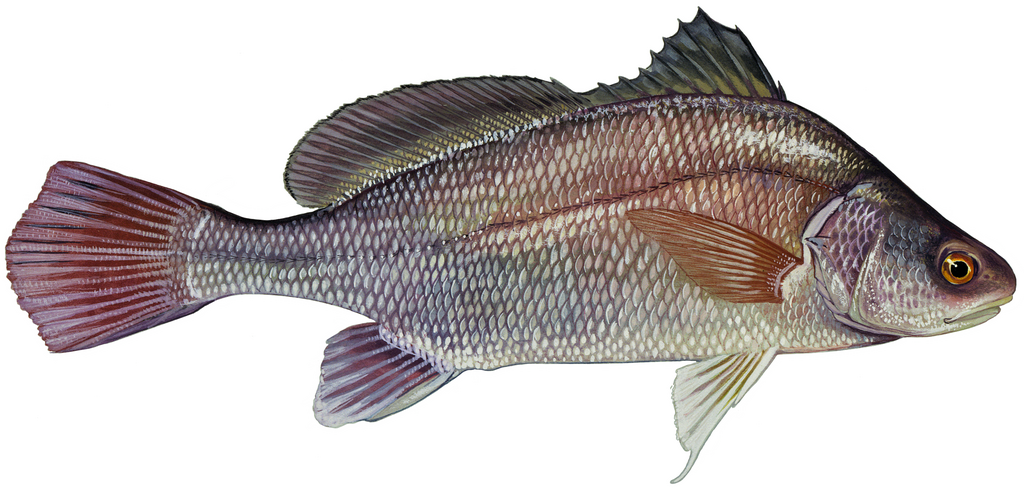
Freshwater drum thrive throughout the Mississippi Basin’s diverse waterways, from the main channel to backwaters, oxbow lakes, and major tributaries. These adaptable fish generally prefer areas with moderate current, particularly around wing dams, eddies, and deeper holes where the river bottom transitions from sand to rock or gravel.
During summer months, look for drum in deeper, cooler sections of the river, especially near drop-offs or channel edges where depths range from 15-30 feet. In spring and fall, drum often move to shallower waters, particularly near tributary mouths where food sources are abundant. Understanding these seasonal migrations is crucial for consistently finding concentrations of active drum throughout the Mississippi system.
Seasonal Patterns of Freshwater Drum
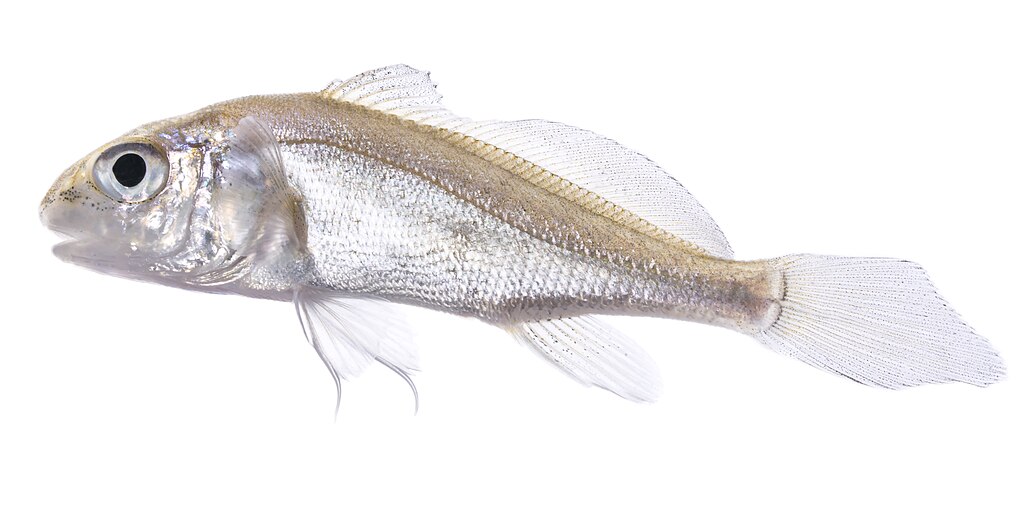
Freshwater drum exhibit distinct seasonal behaviors that directly impact fishing success throughout the Mississippi Basin.
Spring finds drum moving into warming shallows as water temperatures climb into the 50s and 60s, often concentrating near spawning areas with firm bottoms and moderate current.
Summer pushes larger drum to deeper, cooler water, though early mornings and evenings may see feeding activity in shallower zones, particularly after rain events that wash food into the system.
Fall triggers a feeding frenzy as drum bulk up for winter, making this season particularly productive, especially around current breaks and deep holes.
Winter requires the deepest presentations, with drum schooling tightly in the deepest available wintering holes where current is minimal but oxygen levels remain adequate.
Essential Tackle for Freshwater Drum Fishing
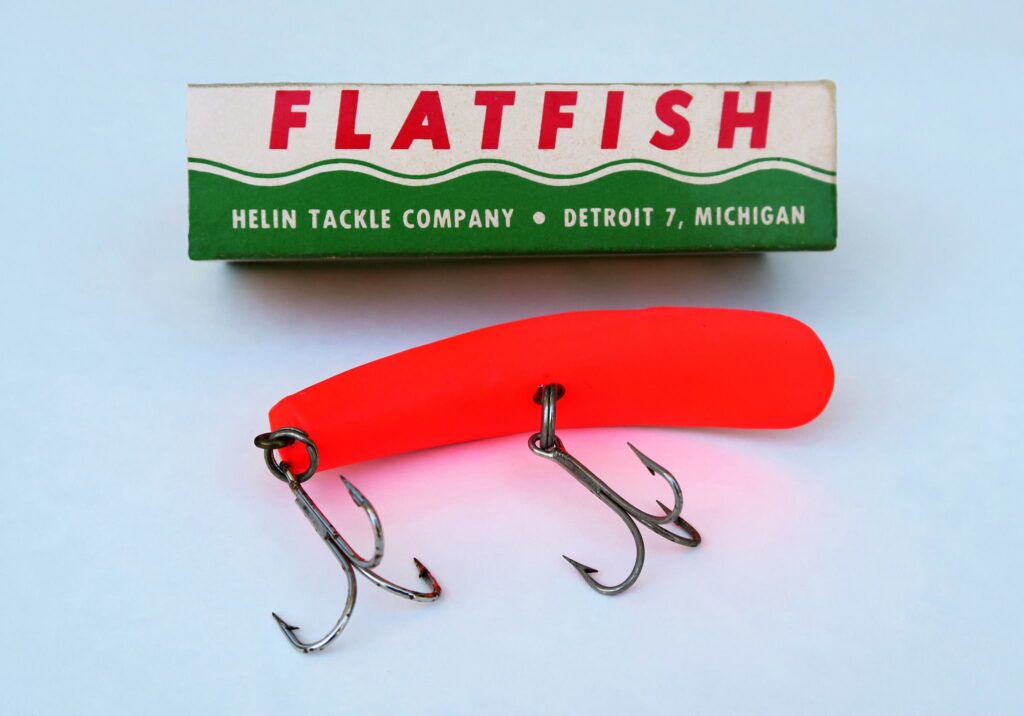
Selecting appropriate tackle for freshwater drum enhances both your fishing enjoyment and success rate across the Mississippi Basin. Medium to medium-heavy spinning or baitcasting setups in the 7-foot range provide ideal balance for handling drum’s powerful runs while maintaining sensitivity for detecting their often subtle takes. Pair your rod with a quality reel spooled with 10-15 pound monofilament or 20-30 pound braided line, adding a fluorocarbon leader in clearer water conditions.
Terminal tackle should include an assortment of circle hooks in sizes 1/0 to 3/0, various weight sinkers from ¼ to 2 ounces depending on current, and a selection of 3-4 inch soft plastic baits in natural colors. Remember that freshwater drum have hard, bony mouths, so hook sharpness is critical—replace or sharpen hooks regularly to improve hookup rates on these tough-mouthed fighters.
Live Bait Selection and Rigging
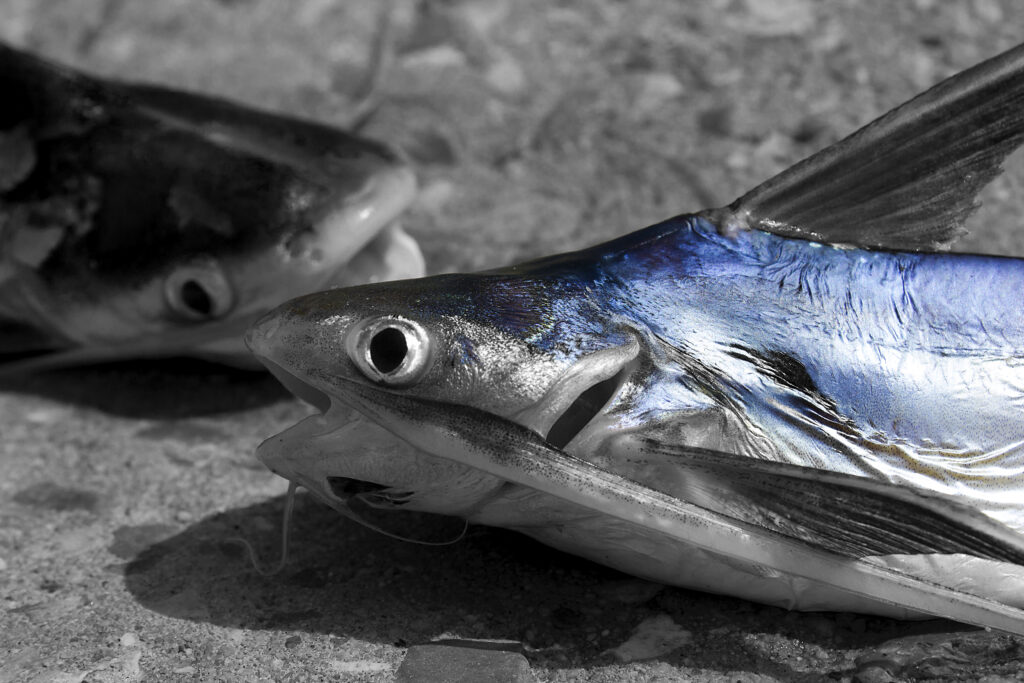
Live bait consistently produces the most reliable results when targeting freshwater drum throughout the Mississippi Basin.
Nightcrawlers rank as the premier offering, particularly when threaded onto a 1/0 to 2/0 hook with a small portion left dangling to enhance action in the current. Crayfish present another excellent option, especially when hooked through the tail for natural swimming action; the larger specimens often attract trophy-sized drum in deeper holes. Small native minnows, particularly those in the 2-4 inch range, prove deadly when rigged on a slip-sinker setup that allows drum to take the bait without feeling immediate resistance.
For specialized situations, particularly in summer, freshwater mussels or clams with the shells cracked open can trigger strikes from drum that other anglers miss entirely—these mollusks constitute a natural and significant portion of the drum’s diet in many parts of the basin.
Artificial Lures That Trigger Freshwater Drum Strikes

While live bait dominates drum fishing tactics, several artificial offerings consistently produce quality catches throughout the Mississippi Basin.
Small to medium-sized jigging spoons in silver, gold, or chartreuse colors worked vertically in deeper holes often trigger reaction strikes from suspended drum, particularly when lifted and dropped with short pauses. Soft plastic grubs in white, chartreuse, or motor oil colors rigged on 1/8 to 1/2 ounce jigheads excel when bounced along current seams and rocky bottoms where drum feed actively.
Smaller crankbaits with tight wobbling actions, particularly those designed to deflect off rocky structures, frequently entice aggressive drum when retrieved at moderate speeds parallel to current breaks. Vibrating blade baits deserve special mention for cold-water drum fishing, as their intense vibration seems to irritate wintering drum into striking even during the most challenging conditions when other presentations fail.
River Current Fishing Strategies

Mastering current dynamics is perhaps the most critical element of consistent drum fishing success in the Mississippi Basin’s flowing waters. Position your boat upstream of promising structure, allowing your bait to drift naturally with the current toward likely drum holding areas like wing dam tips, outside bends, or rock piles. In stronger currents, increase sinker weight to maintain bottom contact while still achieving a natural presentation that drum find irresistible.
The seam where fast water meets slower water creates prime feeding zones where drum wait to ambush prey items carried by the current; focus presentations along these transitional edges for consistent action. When wade fishing tributary streams, work upstream casting to deeper holes and allowing your bait to swing naturally through the productive water, keeping just enough tension to detect the often subtle “tap” of a drum taking the bait.
Bank Fishing Approaches for Drum

Bank fishing provides excellent drum catching opportunities throughout the Mississippi Basin without requiring a boat or specialized equipment. Focus your efforts on accessible areas with deeper water within casting distance, particularly around bridge pilings, rip-rap shorelines, and tributary confluences where drum naturally congregate.
A simple slip-sinker rig with a nightcrawler or cut bait can be tremendously effective when cast to these areas and allowed to settle into the strike zone. For bank anglers, timing can be particularly important—dawn and dusk periods often see drum move closer to shorelines to feed, especially during warmer months.
Extending your reach from shore with longer rods (9-12 feet) allows access to deeper water that may hold larger drum, especially during midday hours when fish retreat from shallow areas. Remember that patience is essential when bank fishing for drum, as allowing your bait to remain in productive areas increases your chances of success significantly.
Finding Drum in Backwaters and Oxbows

The Mississippi Basin’s countless backwaters and oxbow lakes offer extraordinary drum fishing opportunities, particularly during specific seasonal periods. These sheltered waters typically hold drum during spring spawning periods when water temperatures reach the low 60s, with shallow flats adjacent to deeper channels being particularly productive.
Summer finds drum utilizing the deepest available water in these backwaters, especially areas with structure like submerged timber, rock piles, or old river channel edges where cooler water temperatures prevail. Fall migrations often see drum move between backwaters and main river channels, making creek mouths and connecting channels particularly productive as water temperatures decline.
Successful backwater drum fishing typically requires slower presentations and lighter tackle than main river approaches, with slip bobber rigs excelling for suspending baits at precise depths over productive structure in these often clearer and less current-driven environments.
Trophy Drum Tactics and Locations
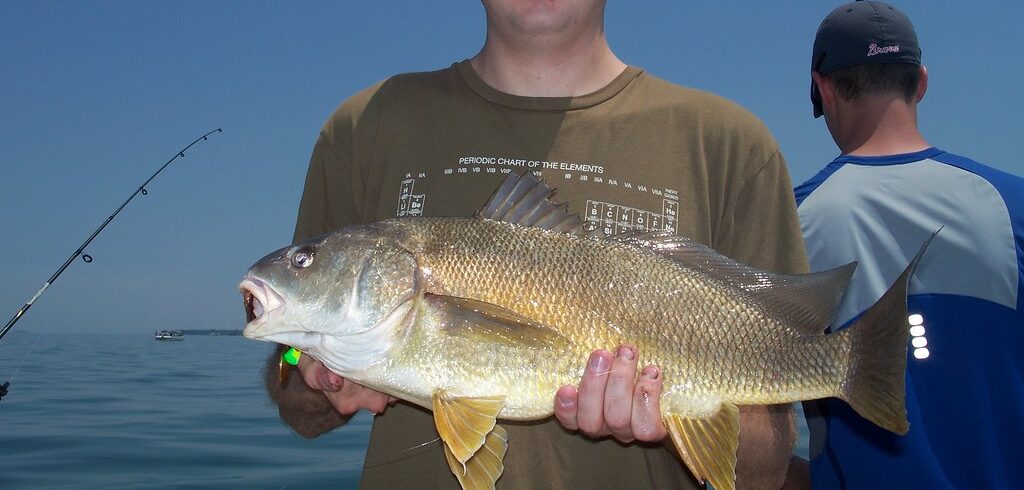
Trophy freshwater drum exceeding 15 pounds require specialized approaches focused on specific habitats within the Mississippi Basin. The deepest main channel holes, particularly those adjacent to wing dams or major structural changes, consistently hold the largest specimens, especially during summer’s heat and winter’s cold. Tributary confluences where the Ohio, Missouri, Illinois, and other major rivers join the Mississippi create oxygen-rich environments with abundant food sources that attract and hold trophy-class drum year-round.
Large, live bait presentations excel for trophy hunting, with 5-6 inch creek chubs, large crayfish, or half a nightcrawler on 3/0 to 4/0 circle hooks giving you the best chance at connecting with a true monster. Patience becomes even more critical when targeting trophy drum—these older, wiser fish often feed during specific windows, with dawn, dusk, and overnight periods typically producing the largest specimens across the basin.
Fighting and Landing Techniques
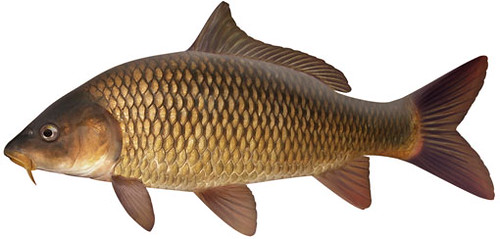
Freshwater drum earned their reputation as powerful fighters, requiring proper techniques to successfully land, especially in the strong currents of the Mississippi Basin. When a drum takes your bait, resist the urge to set the hook immediately; instead, allow the fish to turn with the bait before applying steady pressure—this approach works particularly well with circle hooks that naturally find the corner of the mouth. During the fight, keep your rod tip up at a 45-degree angle to absorb the drum’s powerful initial runs and subsequent bulldogging tactics as they use the current to their advantage.
In flowing water, position yourself downstream of the hooked fish when possible, using the current to your advantage rather than fighting against both fish and flow. When the drum tires and approaches the shore or boat, avoid the common mistake of horsing the fish at this critical moment—their paper-thin mouth connections can tear easily, so maintain steady pressure until the fish can be properly netted head-first in a landing net with adequate size and strength.
Post-Catch Options: Release or Harvest
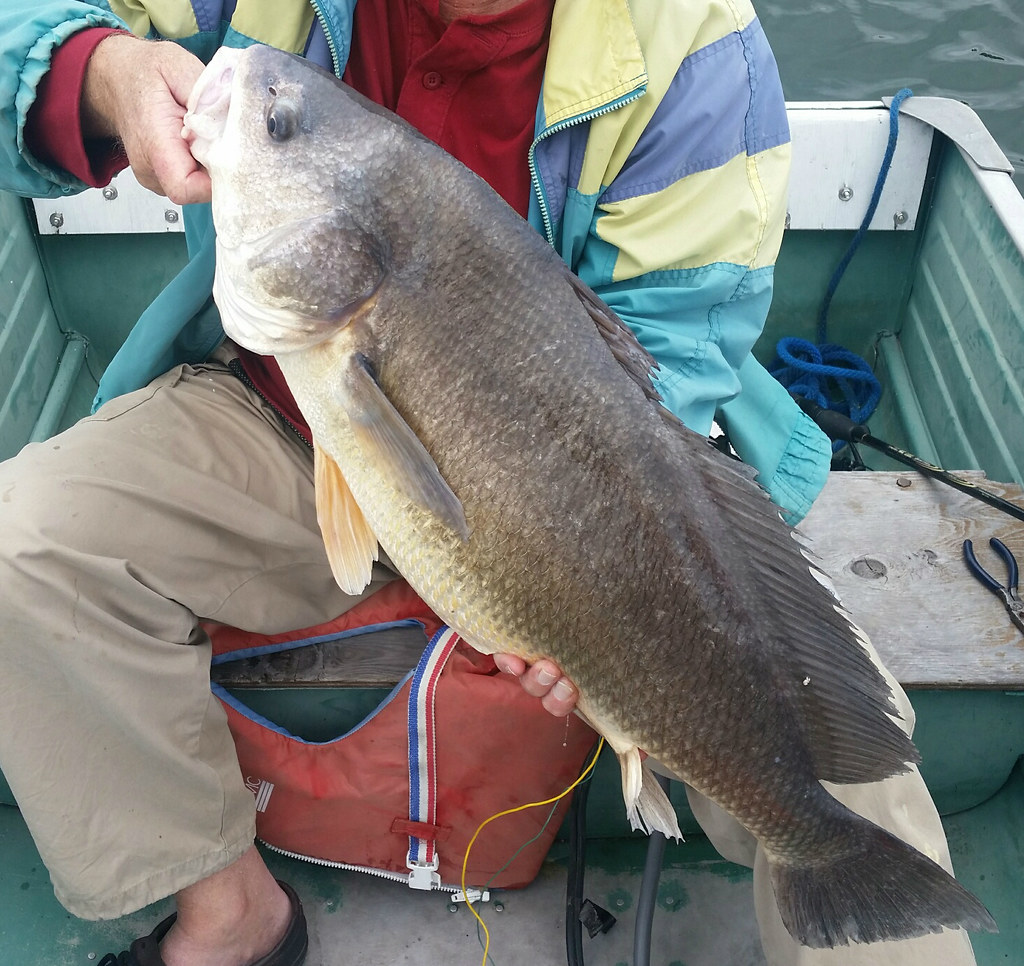
After successfully landing a freshwater drum, anglers face the decision of whether to release or harvest their catch. Contrary to outdated perceptions, drum offer excellent table fare when properly handled, particularly specimens under 5 pounds which provide firm, white fillets comparable to white bass or walleye when quickly placed on ice. If choosing to harvest, immediately bleed the fish by cutting behind the gills and place it in an ice slurry to preserve optimal flavor and texture.
For catch-and-release, minimize handling with wet hands or gloves, support larger fish horizontally rather than vertically to protect internal organs, and revive the fish in flowing water until it swims away strongly. Conservation-minded anglers should consider that larger female drum produce millions of eggs annually, making the release of trophy specimens a valuable contribution to maintaining healthy populations throughout the Mississippi Basin for future generations to enjoy.
Cooking and Preparing Freshwater Drum
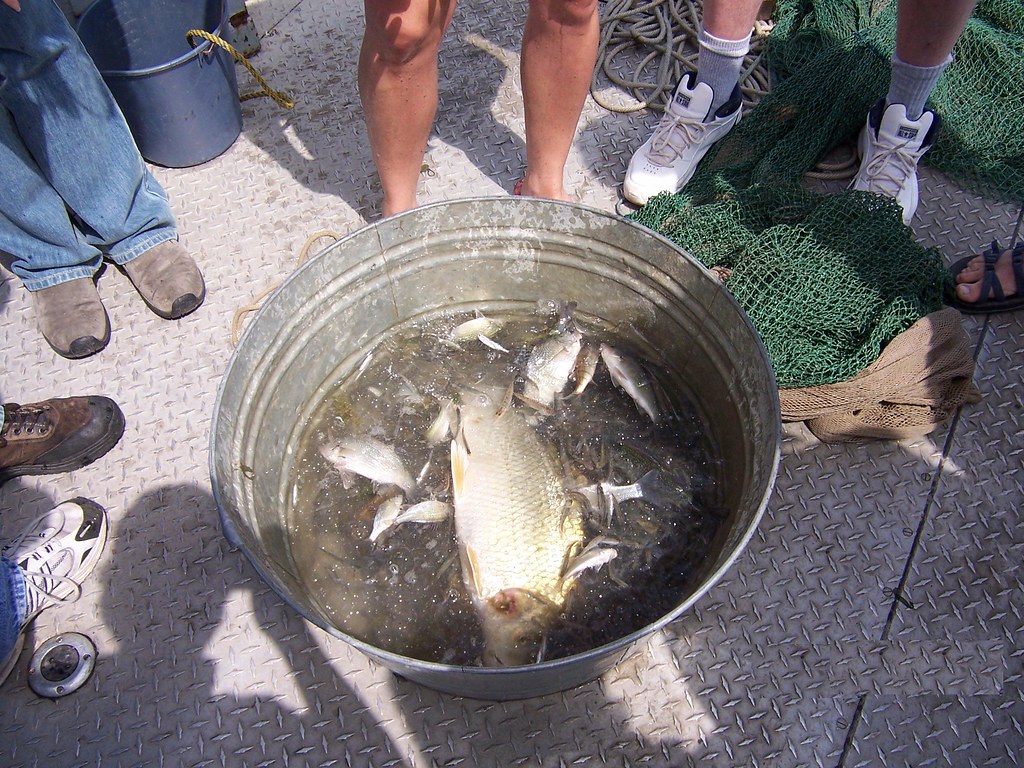
Freshwater drum offers versatile culinary possibilities when properly prepared and cooked using techniques that highlight its mild, firm white flesh. Begin by filleting the drum and removing the darker lateral line meat, which can impart a stronger flavor not appealing to some palates. Smaller drum under 5 pounds generally provide the most tender texture and milder flavor profile, making them ideal for first-time drum consumers. A simple preparation of egg wash, seasoned breadcrumbs, and a quick fry in hot oil transforms drum fillets into crispy, delicious fish sandwiches that rival any commercially available option.
For more adventurous cooks, drum meat holds up exceptionally well in fish tacos, chowders, or even as a substitute for crab in “poor man’s crab cakes”—a popular preparation throughout the Mississippi Basin that takes advantage of the drum’s flaky texture. Regardless of your chosen method, freshwater drum deserves serious consideration as table fare, offering a sustainable and delicious option for anglers looking to enjoy the fruits of their fishing efforts.
Conservation Considerations

Responsible drum fishing practices ensure sustainable populations throughout the Mississippi Basin for future generations to enjoy. While drum populations generally remain robust due to their prolific reproduction and adaptability, local regulations regarding catch limits and size restrictions should always be respected and understood before fishing.
Consider using barbless hooks or pinching down the barbs on conventional hooks to minimize handling damage when practicing catch-and-release, particularly for larger, breeding-age specimens. Be mindful of water conditions, as drum caught from deeper water may experience barotrauma and benefit from techniques like needle venting or deep-water release devices if they’re unable to return to depth on their own.
As filter feeders that consume invasive zebra and quagga mussels, freshwater drum play an important ecological role in the Mississippi Basin’s ecosystem, making their conservation valuable beyond sporting purposes. By practicing selective harvest and proper release techniques, anglers contribute to maintaining healthy drum populations while still enjoying this underappreciated sportfish.
Conclusion

The freshwater drum offers Mississippi Basin anglers a remarkable combination of accessibility, fighting ability, and year-round fishing opportunities. From the casual bank angler to the dedicated trophy hunter, these silver warriors provide memorable experiences across the vast watershed. By understanding their seasonal patterns, habitat preferences, and effective presentation techniques, you’ll discover why growing numbers of anglers specifically target what was once considered merely an incidental catch.
Whether you’re releasing them to fight another day or discovering their underrated table qualities, freshwater drum deserve recognition as one of the Mississippi Basin’s premier sportfish. So grab your tackle, head to the water, and listen for that distinctive grunt that signals success in your pursuit of the mighty freshwater drum.

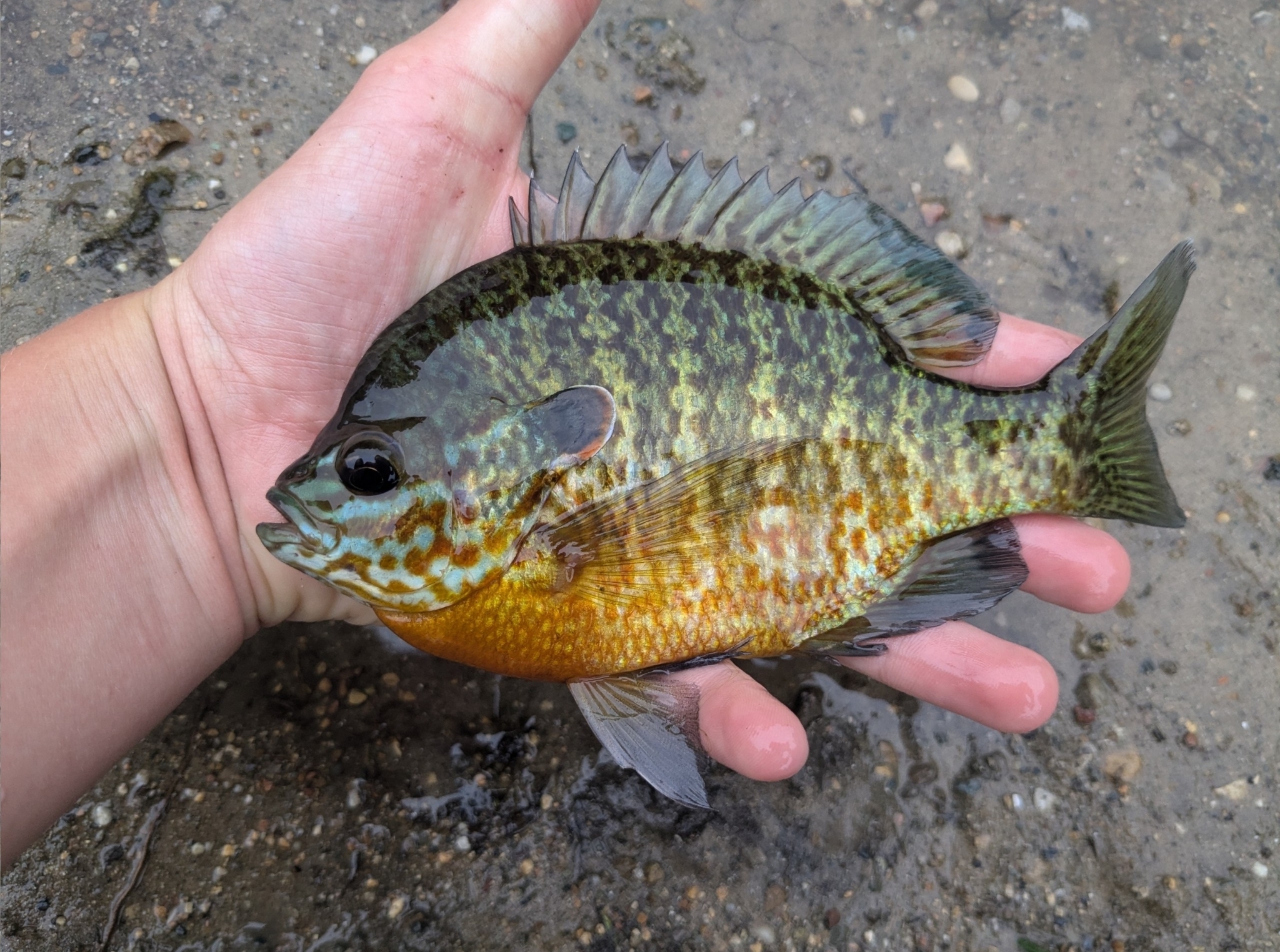












Post Comment